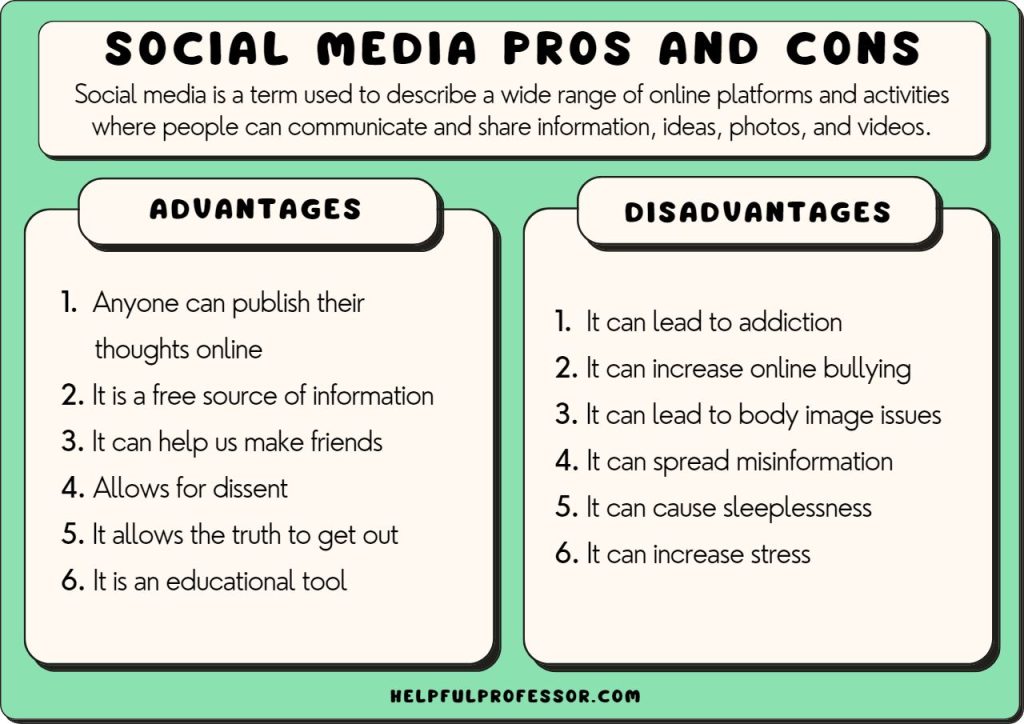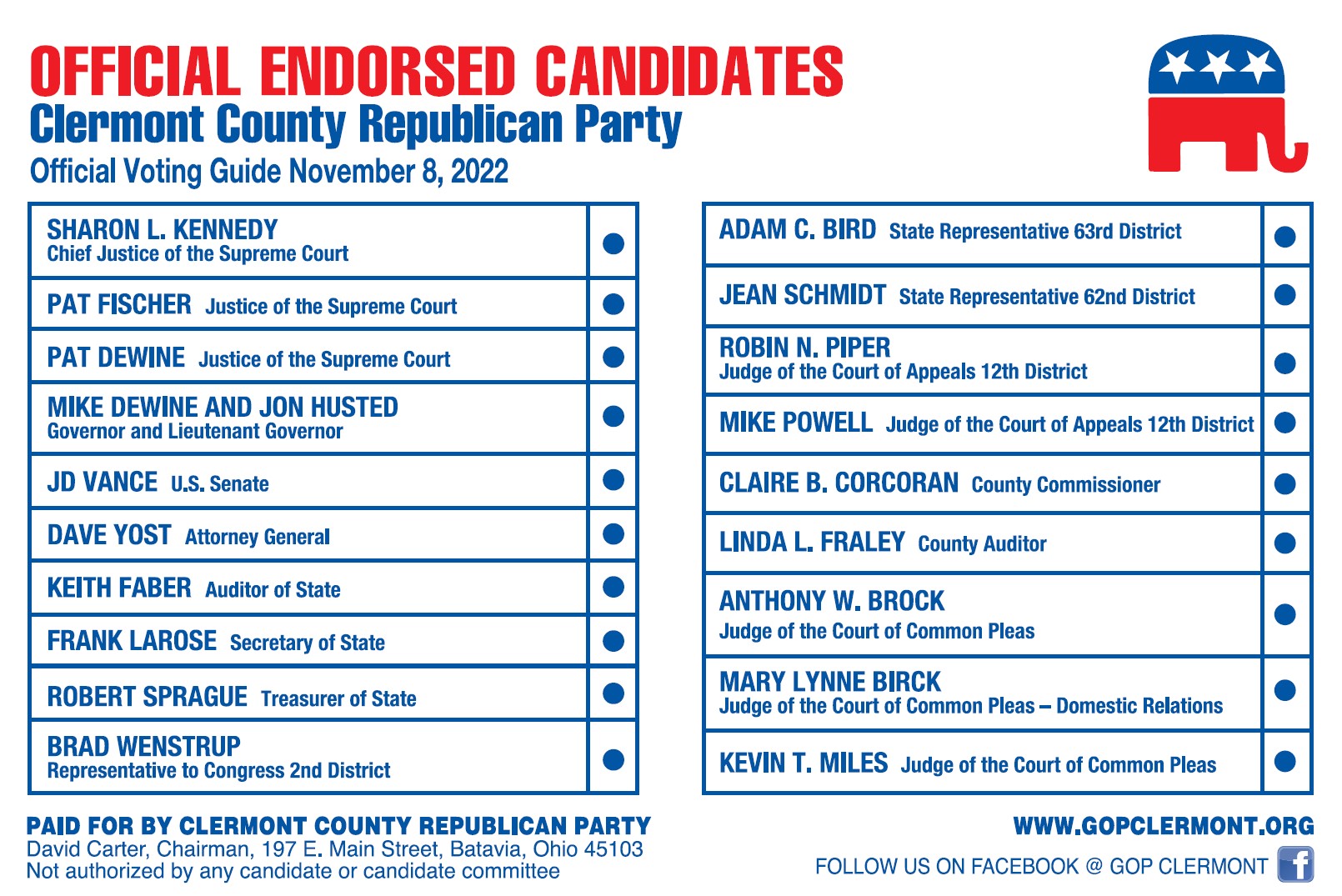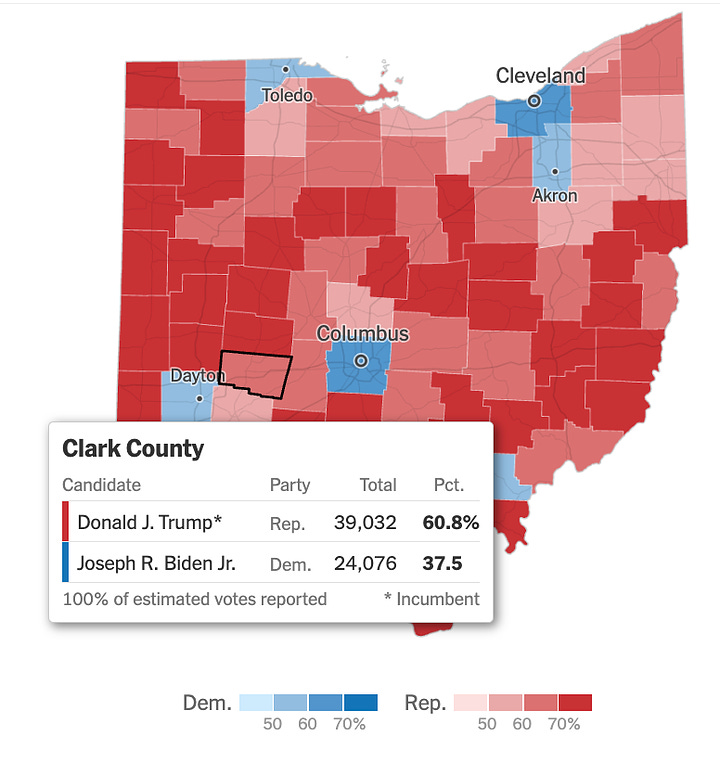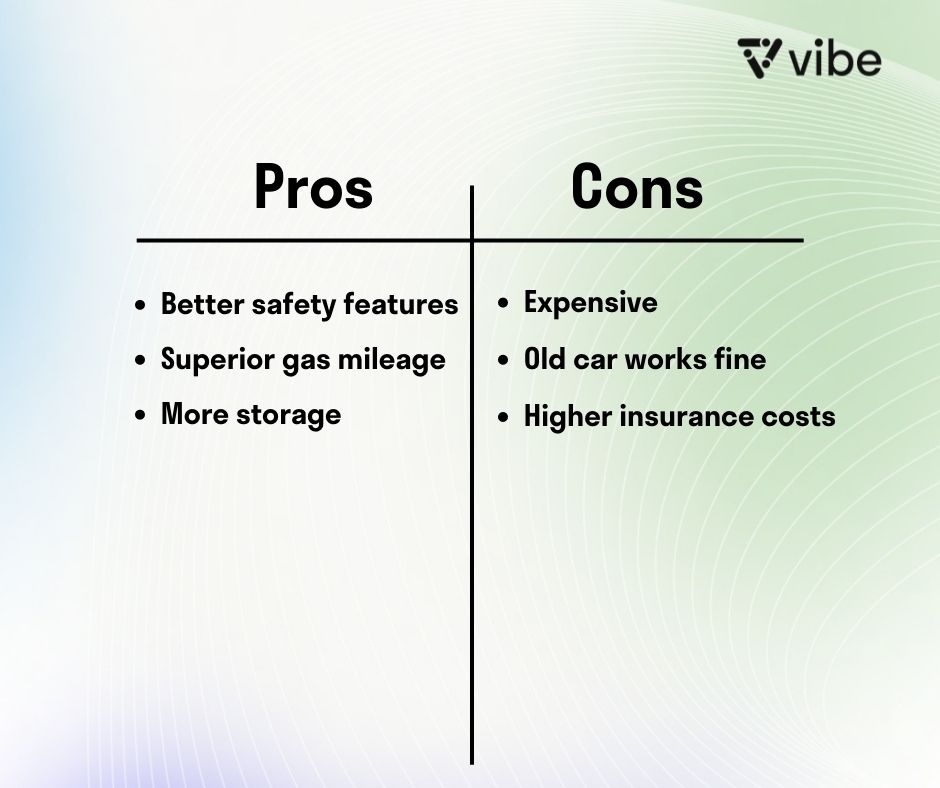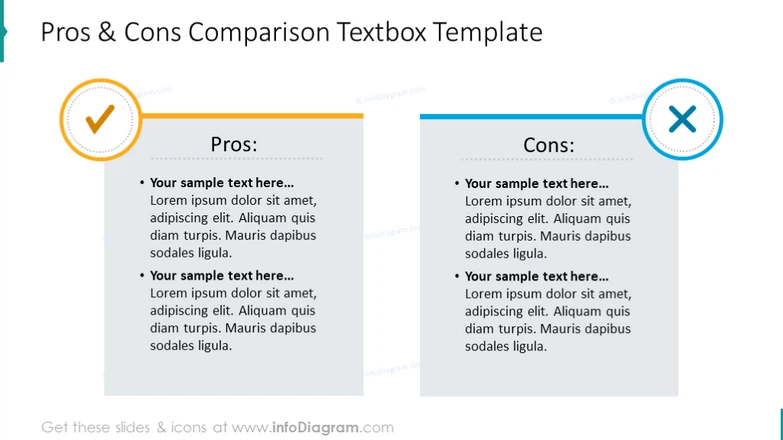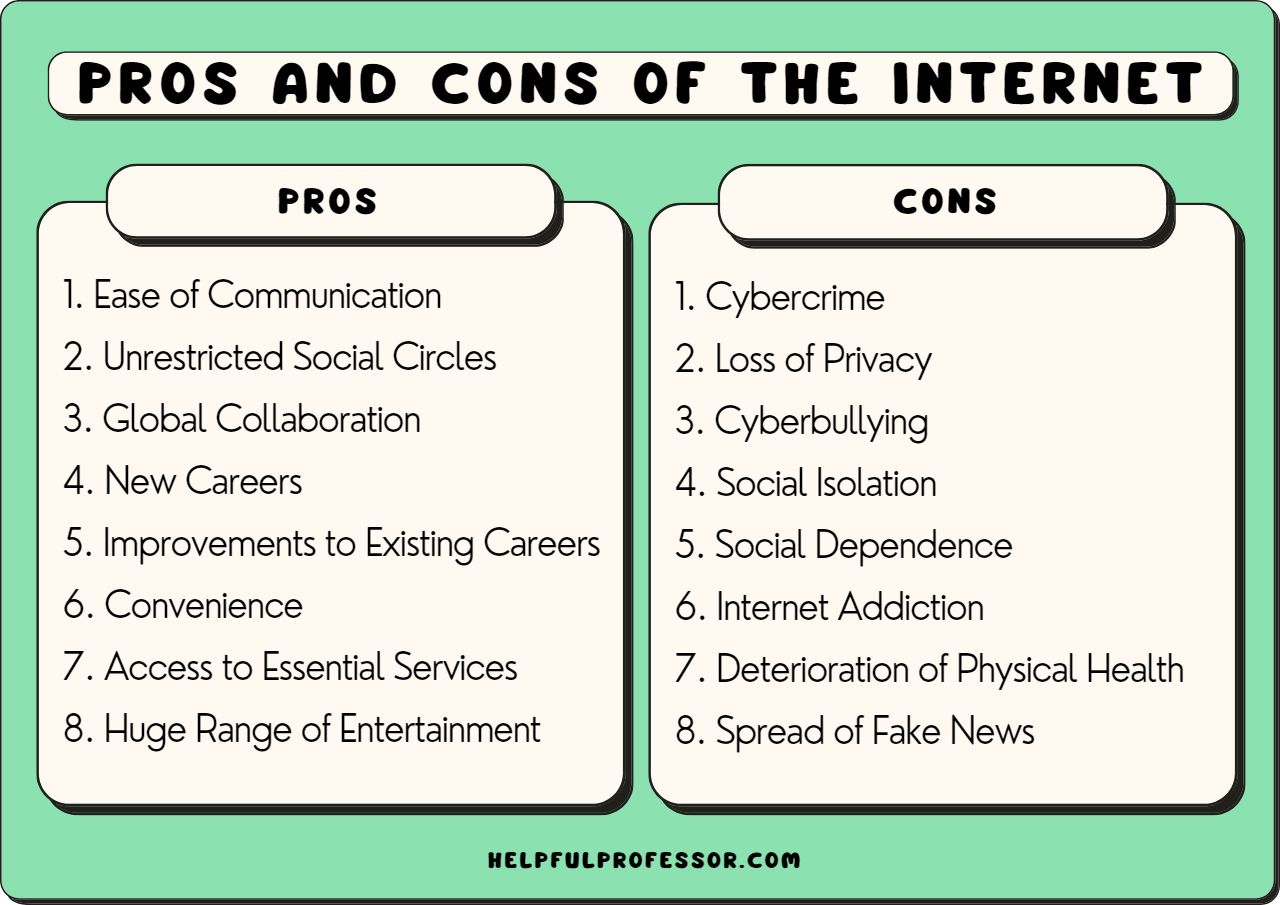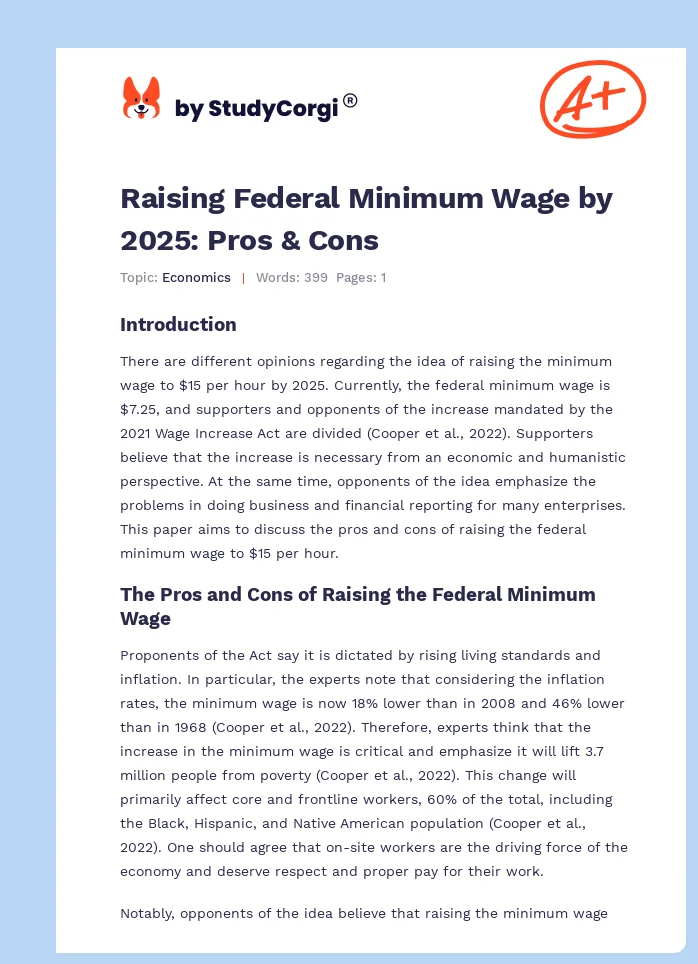Ohio Issue 2 2025 Pros And Cons
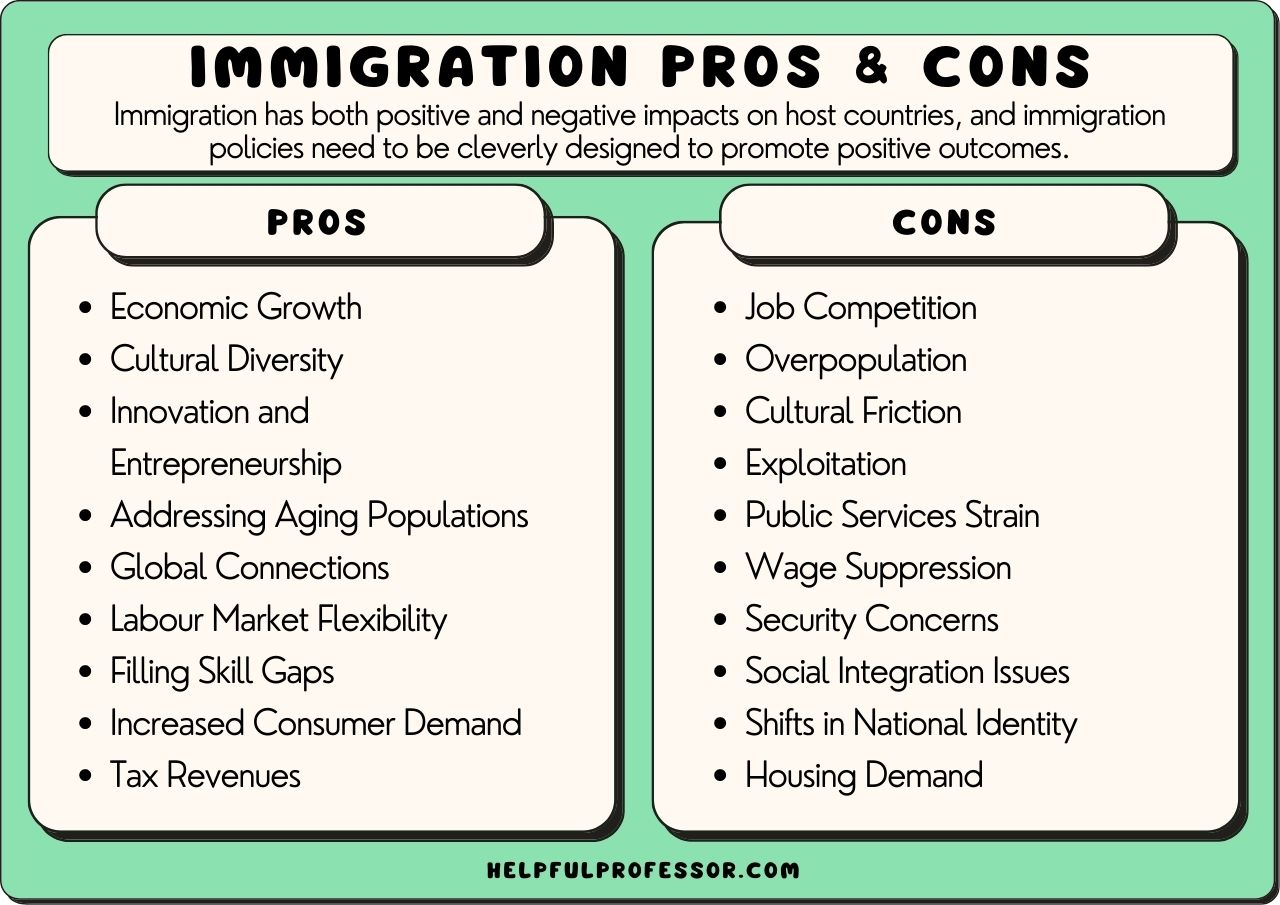
Imagine a sun-drenched Ohio field, the air thick with the scent of freshly tilled earth. Farmers are huddled together, their faces etched with a mixture of hope and apprehension, debating the future of their livelihoods. Across town, entrepreneurs are sketching business plans, dreaming of new opportunities, but wary of potential pitfalls. Ohio is on the cusp of change, and the conversation centers on Issue 2, a proposed law poised to reshape the state's economic landscape in 2025.
At its core, Issue 2 proposes a significant shift in Ohio's regulatory environment, aiming to foster innovation and economic growth. The key question is: will it truly benefit Ohioans, or will it create unintended consequences? This article dives deep into the proposed legislation, exploring the potential pros and cons, and examining what it could mean for Ohio's future.
The Genesis of Issue 2
The conversation surrounding Issue 2 began several years ago, fueled by a desire to modernize Ohio's economy and attract new businesses. Proponents argued that the state's existing regulations were outdated and stifled innovation. They pointed to other states with more streamlined processes that seemed to be attracting investment and creating jobs at a faster rate.
The initial push for reform came from a coalition of business leaders, academics, and policymakers who believed that a more business-friendly climate was essential for Ohio's long-term prosperity. They emphasized the need to reduce bureaucratic red tape and create a more predictable regulatory framework.
Key Provisions of the Proposed Law
Issue 2 contains several key provisions designed to achieve these goals. One of the most significant is the establishment of a regulatory review board, tasked with identifying and eliminating unnecessary or burdensome regulations. This board would have the authority to recommend changes to existing laws and regulations, subject to legislative approval.
Another key provision focuses on streamlining the permitting process for new businesses. The goal is to reduce the time and cost associated with obtaining necessary permits and licenses. This includes creating a centralized online portal for permit applications and establishing clear timelines for agency decisions.
Finally, Issue 2 proposes tax incentives for companies that invest in research and development within Ohio. The hope is to attract innovative companies and encourage the development of new technologies within the state.
Potential Benefits: A Brighter Economic Future?
Supporters of Issue 2 paint a picture of a revitalized Ohio economy, driven by innovation and entrepreneurship. They argue that reducing regulatory burdens will unleash the state's economic potential, leading to job creation and increased investment.
The streamlined permitting process, they say, will make Ohio a more attractive destination for businesses looking to expand or relocate. The tax incentives for research and development will spur innovation and create high-paying jobs in emerging industries.
"Issue 2 is about creating a level playing field and allowing Ohio businesses to compete in the global economy," says Sarah Miller, a leading advocate for the proposed law. "It's about removing the obstacles that are holding us back and creating an environment where innovation can thrive."
Attracting Investment and Creating Jobs
One of the main arguments in favor of Issue 2 is that it will attract new investment to Ohio. By making it easier to do business in the state, proponents believe that Ohio will become a more attractive destination for companies looking to expand or relocate.
This, in turn, will lead to job creation and increased economic activity. Proponents point to other states that have implemented similar reforms and seen positive results. They cite data showing increased investment, job growth, and economic output in those states.
Fostering Innovation and Entrepreneurship
Issue 2 also aims to foster innovation and entrepreneurship within Ohio. The tax incentives for research and development are designed to encourage companies to invest in new technologies and create high-paying jobs in emerging industries.
The streamlined permitting process will also make it easier for entrepreneurs to start and grow their businesses. By reducing the bureaucratic hurdles, Issue 2 aims to create a more welcoming environment for startups and small businesses.
Potential Drawbacks: A Slippery Slope?
While proponents emphasize the potential benefits of Issue 2, opponents raise concerns about its potential drawbacks. They argue that reducing regulations could lead to environmental damage, worker exploitation, and a race to the bottom in terms of labor standards.
They also express concerns about the independence and accountability of the regulatory review board. They fear that the board could be unduly influenced by special interests and that its decisions could prioritize business interests over the public good.
"We need to be careful about dismantling regulations that protect our environment and our workers," warns David Thompson, a leading critic of Issue 2. "These regulations are in place for a reason, and weakening them could have serious consequences."
Environmental Concerns
One of the main concerns raised by opponents is that reducing regulations could lead to environmental damage. They argue that environmental regulations are essential for protecting Ohio's natural resources and preventing pollution.
They fear that Issue 2 could weaken these protections, leading to increased pollution, habitat destruction, and other environmental problems. They point to examples of other states that have weakened environmental regulations and experienced negative consequences.
Worker Exploitation
Opponents also express concerns about worker exploitation. They argue that labor regulations are essential for protecting workers' rights and ensuring fair wages and working conditions.
They fear that Issue 2 could weaken these protections, leading to increased worker exploitation and a decline in labor standards. They cite data showing that states with weaker labor regulations tend to have lower wages and worse working conditions.
Impact on Public Health
Some critics argue that Issue 2 could negatively impact public health. They suggest that deregulation could lead to relaxed safety standards in industries like food production and manufacturing.
This, they argue, could increase the risk of accidents and illnesses, ultimately harming the health and well-being of Ohio residents. The debate highlights the complexity of balancing economic growth with public safety.
The Stakes for Ohio's Future
The debate over Issue 2 reflects a broader tension between the desire for economic growth and the need for responsible regulation. Both sides believe they have Ohio's best interests at heart, but they differ on how best to achieve prosperity.
The outcome of the vote on Issue 2 will have a significant impact on Ohio's future. It will shape the state's economic landscape, its environmental policies, and its labor standards for years to come.
Ultimately, the decision rests with the voters of Ohio. They will need to weigh the potential benefits and drawbacks of Issue 2 and decide whether it represents a positive step forward for the state.
A Call for Informed Decision-Making
As Ohioans prepare to cast their votes on Issue 2, it's crucial to engage in informed and thoughtful deliberation. Understanding the nuances of the proposed law, considering the arguments from both sides, and evaluating the potential consequences are essential steps in making a responsible decision.
The future of Ohio's economy, environment, and workforce hangs in the balance. Let's strive to make a choice that reflects our shared values and aspirations for a brighter future.
The sun sets over the Ohio fields, casting long shadows that mirror the uncertainty surrounding Issue 2. The farmers, entrepreneurs, and policymakers continue their discussions, knowing that the future of their state rests in their hands. The decision is complex, the stakes are high, and the outcome remains to be seen.
